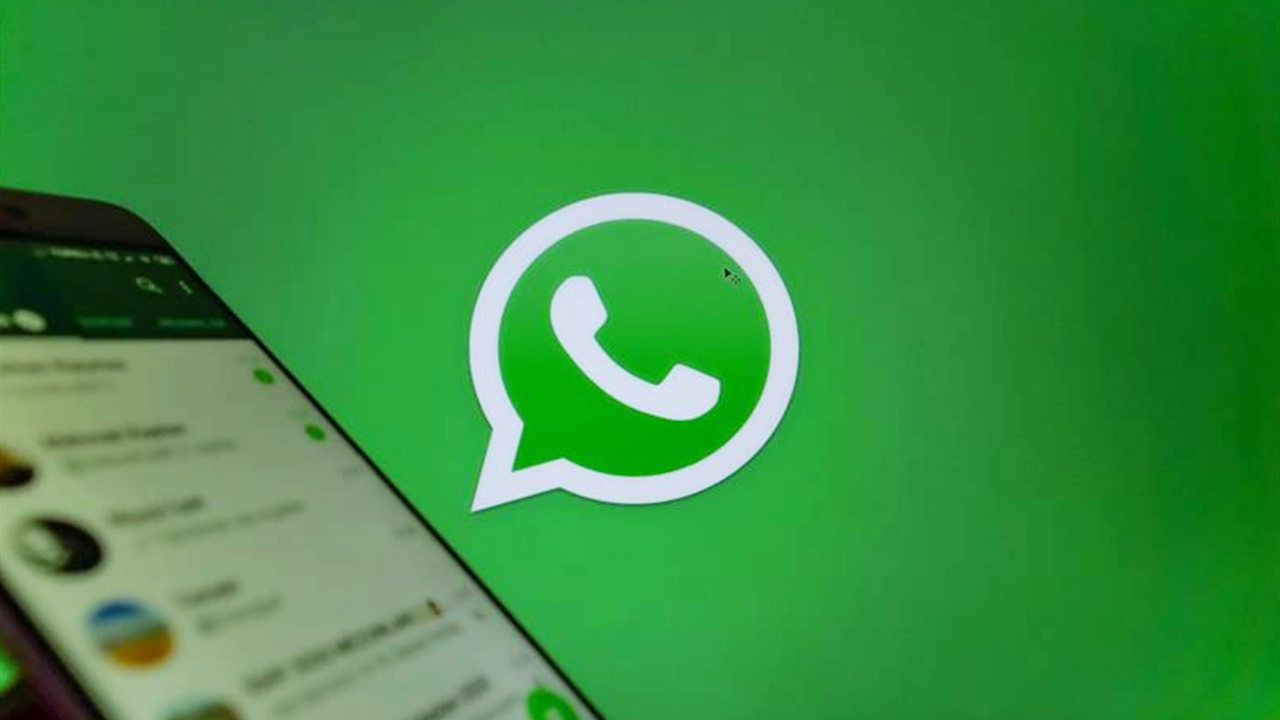In August 2025, Meta, the parent company of WhatsApp, published a security advisory revealing a serious vulnerability affecting WhatsApp for iOS, macOS, and WhatsApp Business for iOS. Tracked as CVE-2025-55177, the flaw was classified as an improper authorization vulnerability that could be exploited through WhatsApp’s linked-device synchronization feature. This issue has raised particular concern because it may have enabled what security researchers call a “zero-click” exploit—a type of attack that requires no interaction from the victim.
WhatsApp is one of the most widely used communication platforms in the world, relied upon by individuals, businesses, and governments alike. The discovery of a flaw that could potentially allow attackers to compromise devices silently underscores a broader truth in cybersecurity: even encrypted and well-maintained applications are not immune to exploitation when adversaries combine persistence, resources, and technical sophistication.
Understanding CVE-2025-55177
Vulnerability Overview
- CVE-2025-55177: Improper authorization flaw in WhatsApp’s linked-device synchronization feature.
- Affected platforms: WhatsApp for iOS (< 2.25.21.73), WhatsApp Business for iOS (< 2.25.21.78), and WhatsApp for macOS (< 2.25.21.78).
- Root cause: Incomplete authorization checks allowed data from untrusted sources to be processed as legitimate.
- Impact: Could enable an attacker to force the app to fetch or process content from an attacker-controlled URL.
Exploit Chain
Under certain conditions, the flaw could be chained with CVE-2025-43300 (Apple ImageIO out-of-bounds write) to achieve zero-click remote code execution.
Attackers could send a malicious payload through WhatsApp’s synchronization channel → trigger memory corruption in ImageIO → gain arbitrary code execution or implant spyware.
The Threat Landscape & Real-World Exploitation
Observed Activity
- Meta confirmed the bug may have been exploited in targeted, sophisticated attacks.
- CISA added CVE-2025-55177 to its Known Exploited Vulnerabilities (KEV) catalog — confirming in-the-wild use.
- Reports from SecurityWeek and The Hacker News indicate the vulnerability was chained with Apple’s ImageIO flaw in zero-click exploit campaigns.
- Public PoC artifacts surfaced shortly after disclosure, increasing the likelihood of broader opportunistic attacks.
Risk Summary
| Risk Type | Potential Impact |
| Zero-click exploit | No user interaction required — invisible compromise. |
| Cross-platform chain | Combines app-layer and OS-layer vulnerabilities. |
| Privacy breach | Access to messages, contacts, and system data. |
| Persistent infection | Potential installation of spyware or monitoring tools. |
Mitigation & Defensive Measures
Immediate User Actions
- Update WhatsApp: iOS ≥ 2.25.21.73 | Business iOS ≥ 2.25.21.78 | macOS ≥ 2.25.21.78.
- Update Apple OS: Apply iOS/iPadOS/macOS patches addressing CVE-2025-43300.
- Restart devices post-update to ensure patch activation.
Organizational Best Practices
| Area | Recommended Action |
| Mobile Threat Defense | Deploy MTD or EDR to detect anomalous network or memory behavior. |
| Device Visibility | Maintain an inventory of all WhatsApp-enabled endpoints. |
| Access Control | Restrict multi-device linking for high-risk accounts. |
| Threat Hunting | Monitor for suspicious synchronization traffic or unusual ImageIO activity. |
| Patch Management | Integrate WhatsApp and Apple updates into regular vulnerability-management cycles. |
Broader Implications and Lessons Learned
1. Zero-Click Exploits Are Redefining Mobile Threats
Traditional phishing or user-driven attacks depend on human error.
Zero-click vulnerabilities, like CVE-2025-55177, bypass human interaction entirely — exploiting the invisible synchronization and parsing layers that users never touch.
2. Trusted Apps Can Become Attack Vectors
WhatsApp is globally trusted, end-to-end encrypted, and maintained by one of the largest tech companies — yet it became a carrier for an exploit chain.
3. The Power of Exploit Chaining
Attackers increasingly blend multiple smaller flaws across app and OS layers — as seen with the WhatsApp + Apple ImageIO combination — to achieve full device compromise.
| Exploit Layer | Example in This Case | Result |
| Application | WhatsApp linked-device auth flaw (CVE-2025-55177) | Entry via synchronization logic |
| OS Framework | Apple ImageIO memory corruption (CVE-2025-43300) | Code execution / spyware delivery |
| Combined Impact | Exploit chain | Stealthy, zero-click takeover |
4. Organizational Readiness: Beyond Awareness
Many enterprises focus on awareness training, but mobile zero-click threats demand technical readiness instead:
- Maintain full visibility across mobile and endpoint ecosystems.
- Enforce mobile threat defense (MTD) and endpoint detection response (EDR).
- Integrate vulnerability intelligence feeds (CISA KEV, NVD, vendor advisories).
- Simulate zero-click scenarios in tabletop exercises.
5. Coordinated Patching Is Now a Strategic Control
Delayed or fragmented patch deployment extends the attacker’s opportunity window.
Security leaders must ensure synchronized patching cycles between mobile apps, OS versions, and MDM-managed devices.
6. The Strategic Takeaway
The WhatsApp CVE-2025-55177 case highlights a new normal:
- Threat actors now operate at the intersection of app logic and OS kernels.
- Detection must shift from “what users do” to “what apps and systems process silently.”
- Resilience is achieved through speed of patching, visibility, and coordinated intelligence.
Conclusion
CVE-2025-55177 represents one of the more sophisticated examples of modern mobile exploitation, combining flaws in both a globally trusted application and a widely used operating system. While Meta’s quick response and Apple’s subsequent patches have contained the issue, the broader implications extend well beyond WhatsApp. The emergence of zero-click vulnerabilities reminds us that user vigilance alone is no longer enough; true resilience depends on continuous patching, layered defense, and intelligence-driven security monitoring.
Organizations and individuals alike should treat this incident as an opportunity to review mobile security policies, ensure rapid patch adoption, and reinforce awareness of emerging attack techniques that do not depend on social engineering. In the interconnected digital ecosystem, where trust is often implicit and synchronization is constant, defense must be proactive, coordinated, and ongoing.
References
- National Vulnerability Database (NVD): CVE-2025-55177
- WhatsApp Security Advisory – August 2025: Meta Security Advisories Portal
- CISA – Known Exploited Vulnerabilities Catalog
- Apple Security Updates – ImageIO Vulnerability (CVE-2025-43300)











